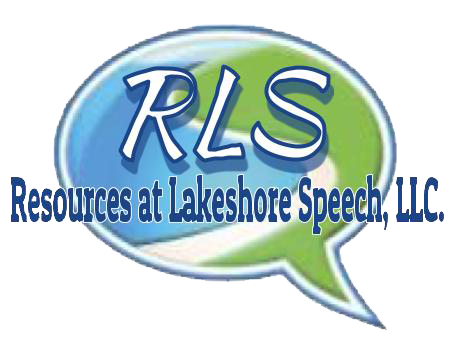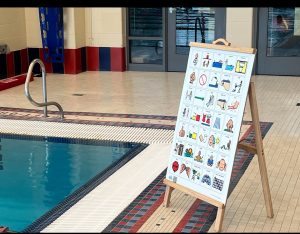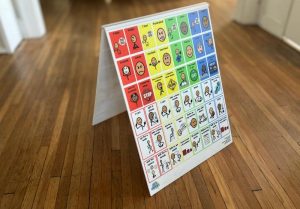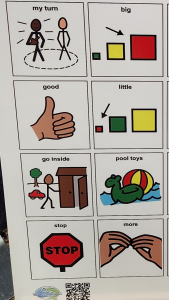
Speech therapy is not just about what happens in the therapy room—it’s also about practicing skills at home. Speech-language pathologists understand the importance of frequent practice outside of therapy sessions. Involving caregivers and grandparents in home carryover can greatly increase a child’s progress. Let’s look at some ways to get them involved.
Explaining Why It’s Important:
It’s important to introduce the concept of home carryover to caregivers and grandparents. First, explain the goals and benefits of home practice. Additionally, stress that their involvement is vital to the child’s success.
How to Get Started:
Next, give caregivers and grandparents specific activities or exercises to practice at home. For instance, suggest simple games or daily routines that incorporate speech practice. Also, create a schedule or routine to help them stay organized and committed.
Don’t Be Afraid to Ask:
Additionally, encourage open communication between the therapy team and caregivers. For example, provide regular updates on the child’s progress and offer feedback on home practice. Likewise, encourage caregivers to share any observations or concerns they may have. If you need more direction or clarification, ask your speech therapist. They are there to help you.
Making Practice Fun:
Another important aspect is to make home carryover enjoyable for both the child and the caregivers. Practice doesn’t have to be boring! For this reason, suggest creative activities or incorporate the child’s interests into the practice. In addition, praise and reward both the child and the caregivers for their hard work and dedication.
Staying on Track:
Lastly, it’s important to practice regularly. Similarly, provide tips or reminders to help caregivers and grandparents mix practice into their daily routines. Stress that even a few minutes of practice each day can make a significant difference in the child’s progress.
In Conclusion:
In conclusion, involving caregivers and grandparents in home carryover for speech therapy can make a big difference. By doing so, we not only enhance the child’s progress but also empower families to be active team members in the therapy process.









